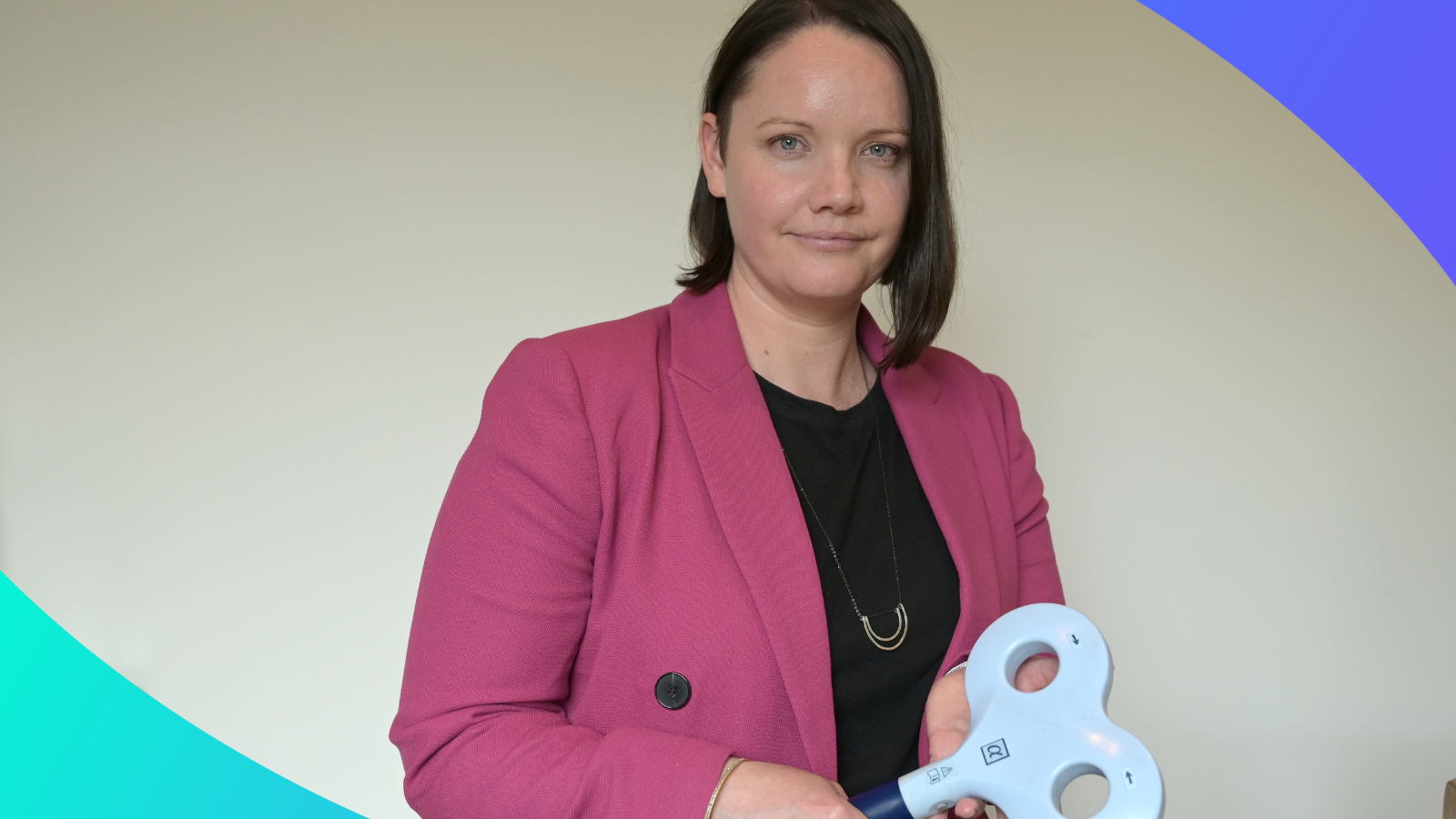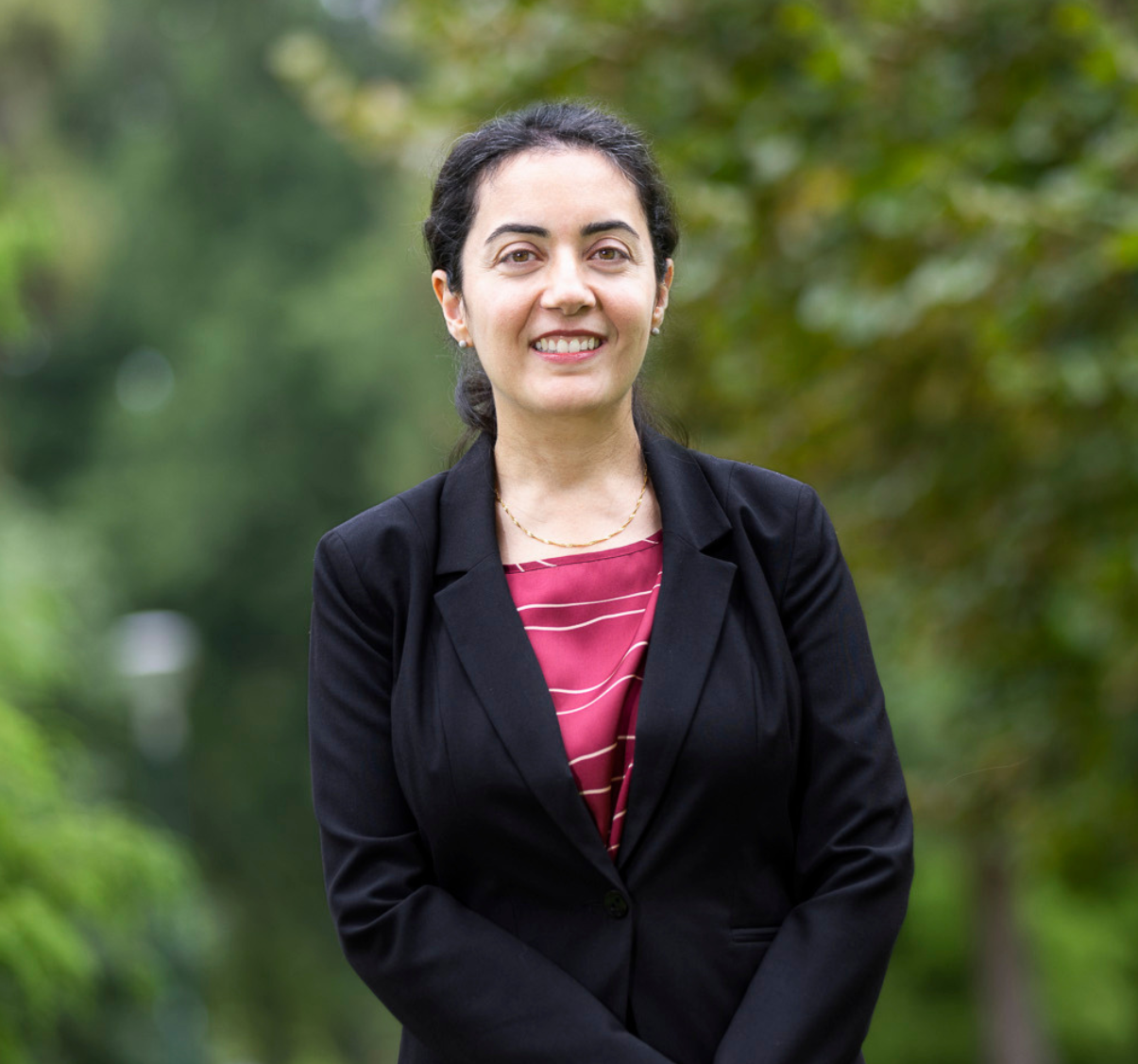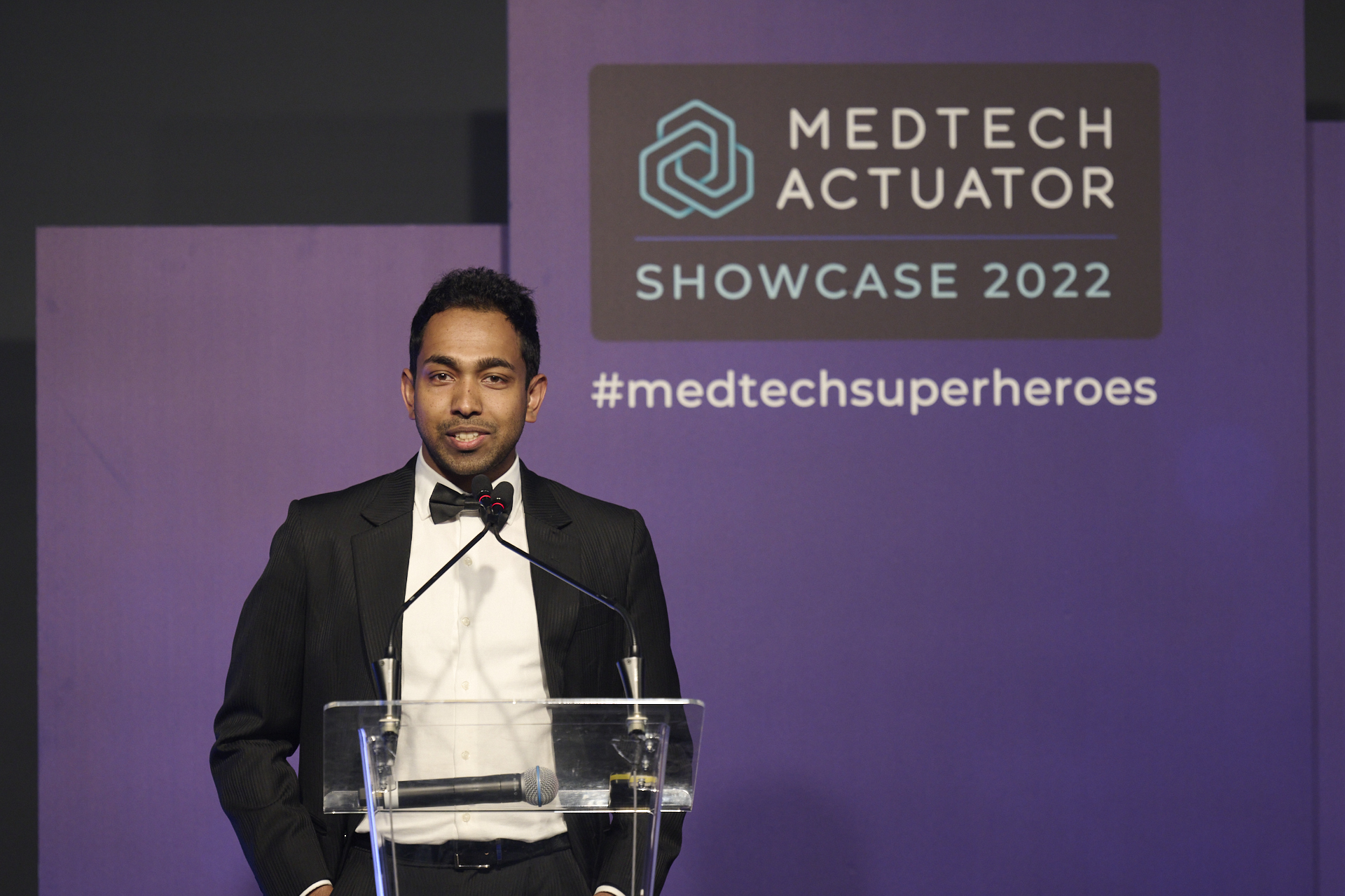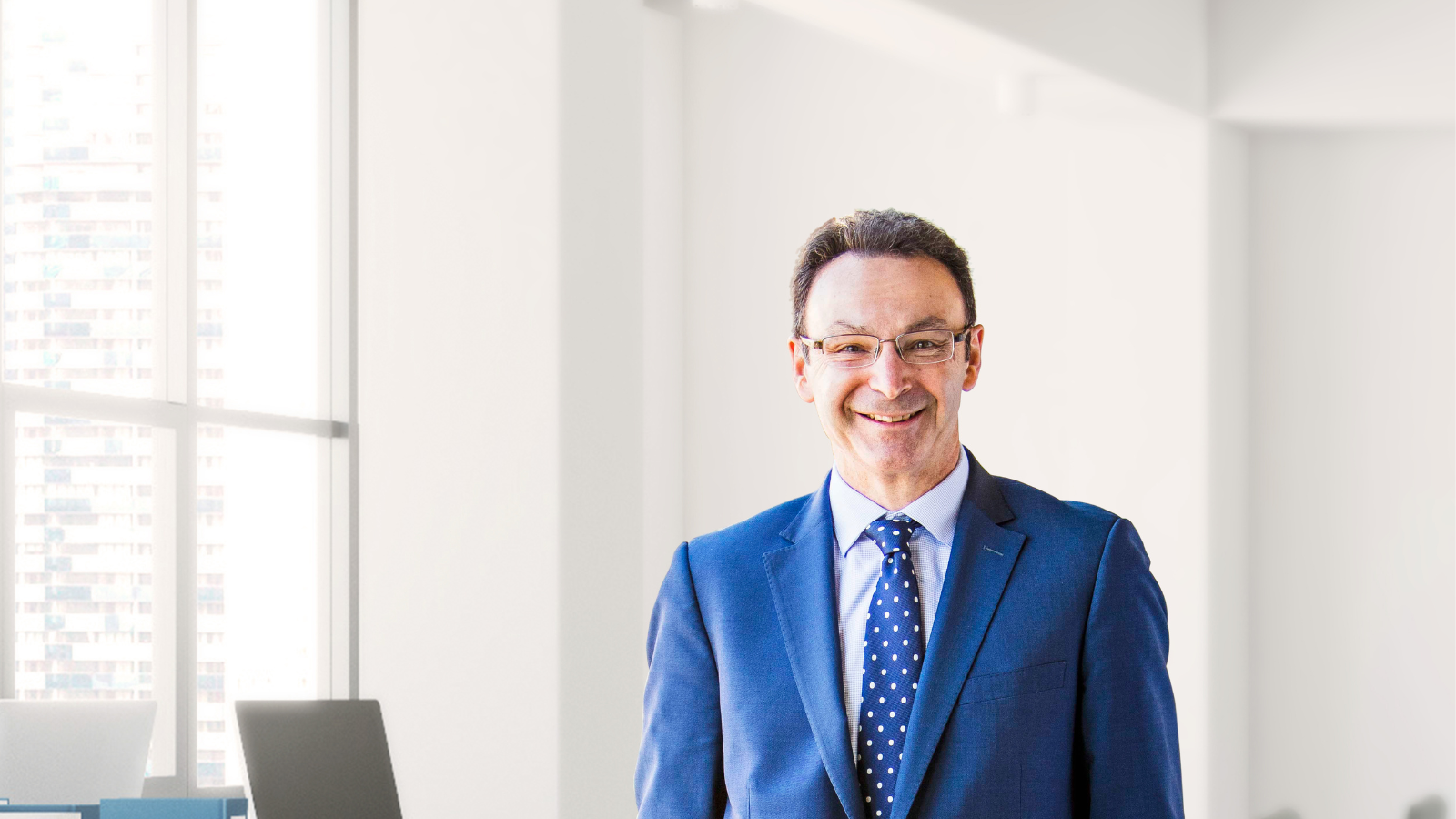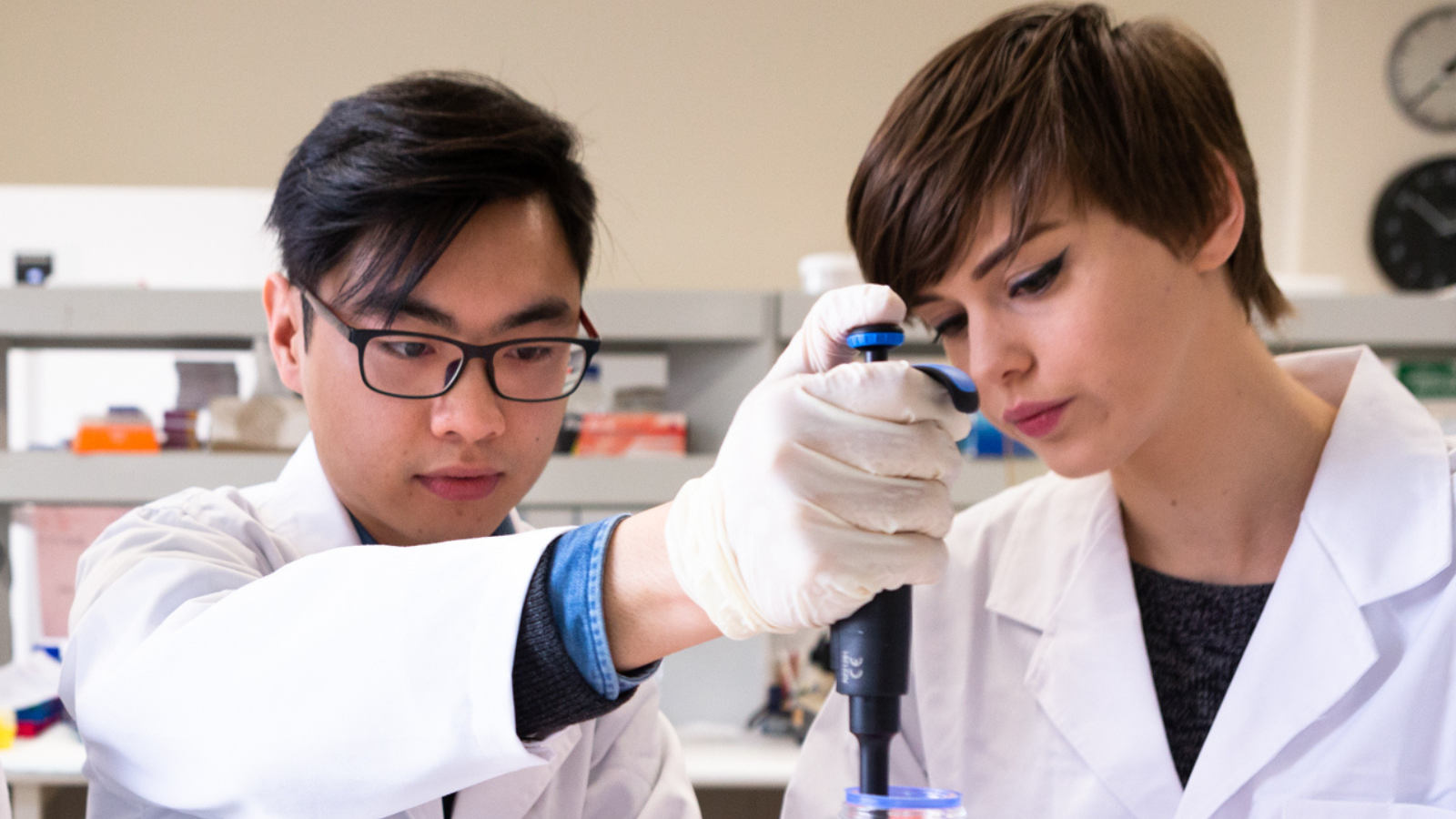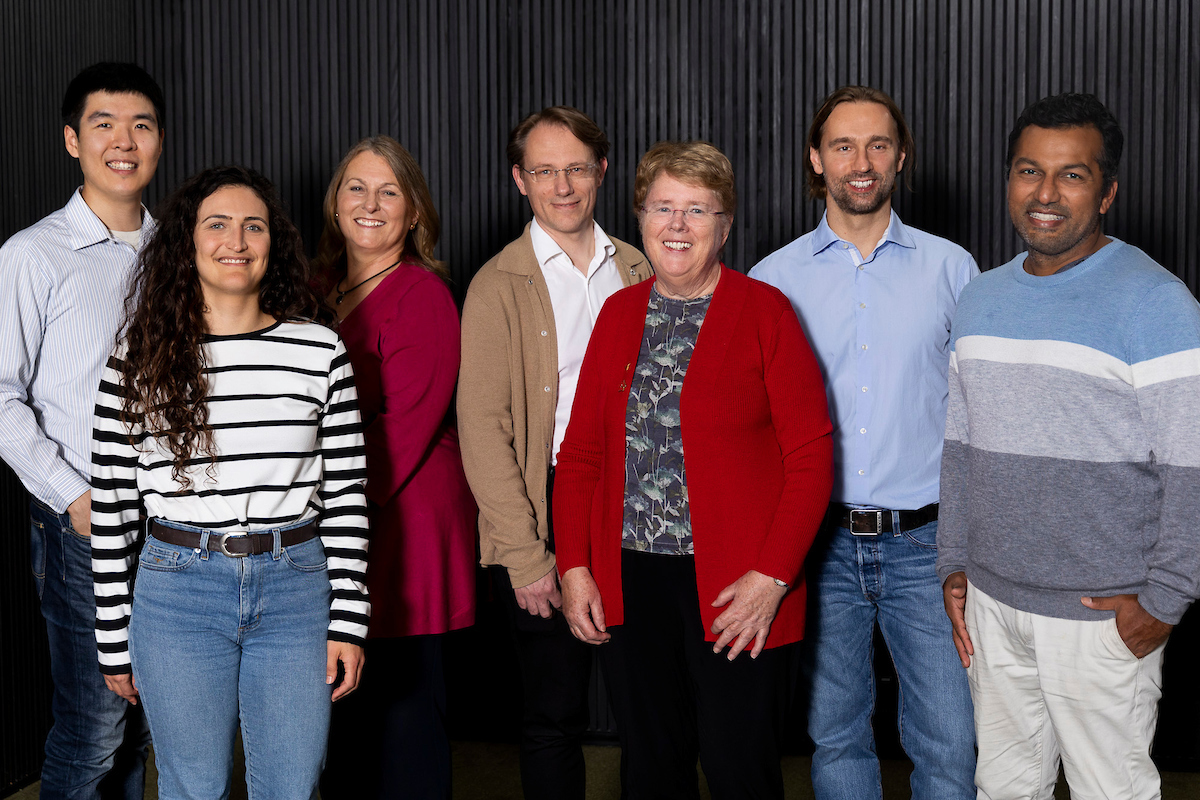Latest News
Combining medical device research and data science
Bionics Institute’s Senior Data Scientist Gautam Balasubramanian joined the Institute in May 2021.
Dr Gautam Balasubramanian’s primary role is to develop machine learning and signal processing algorithms for Bionics Institute research teams.
For EarGenie™, he is developing detection algorithms for the software system, which provides clinicians with an assessment of the baby’s hearing. That work can then be extended and adapted to apply to other projects.
By applying robust, sophisticated & cutting edge analytics techniques, we can efficiently analyse and extract meaningful outputs from the huge amounts of data collected by our researchers.
‘By developing a similar genre of statistical models we can gradually improve algorithms across many projects. For example, we can apply similar techniques from EarGenie™ to other projects which capture changes in brain activity.’
One of these projects includes tinnitus. Bionics Institute researchers are using the same technology as EarGenie™ to look at how the brain responds to sounds, to develop an objective test for tinnitus. The new test will aid the diagnosis and development of potential treatments.
It’s very fulfilling to work somewhere that focuses on taking new ideas and bringing expertise together, to translate them into something effective and useful that will have a positive impact on someone’s life. Dr Gautam Balasubramanian
Gautam also plays a key role in helping the Institute prepare for the future.
By using the latest data science practices learned from his previous roles in the high-tech telecommunications, defence and finance sectors, he is aiming to find common transferable techniques, as well as uniform ways of developing and running analytics projects.
He hopes these could be used to solve problems across various research areas, fostering greater collaboration between teams and enabling faster progression of scientific research, to speed up treatments from the lab to the bedside.
Describing his journey from business to the Bionics Institute, he says that medical research is an area where he can be creative and exercise all aspects of his personality.
He enjoys looking at existing projects and bringing in cutting- edge knowledge from computer science to help advance treatment options available.
He says: ‘I always had a keen interest in health sciences, and even though I may not be a medical professional, I always thought there must be a way I can use my skillset to work on something that can ultimately help people.’










